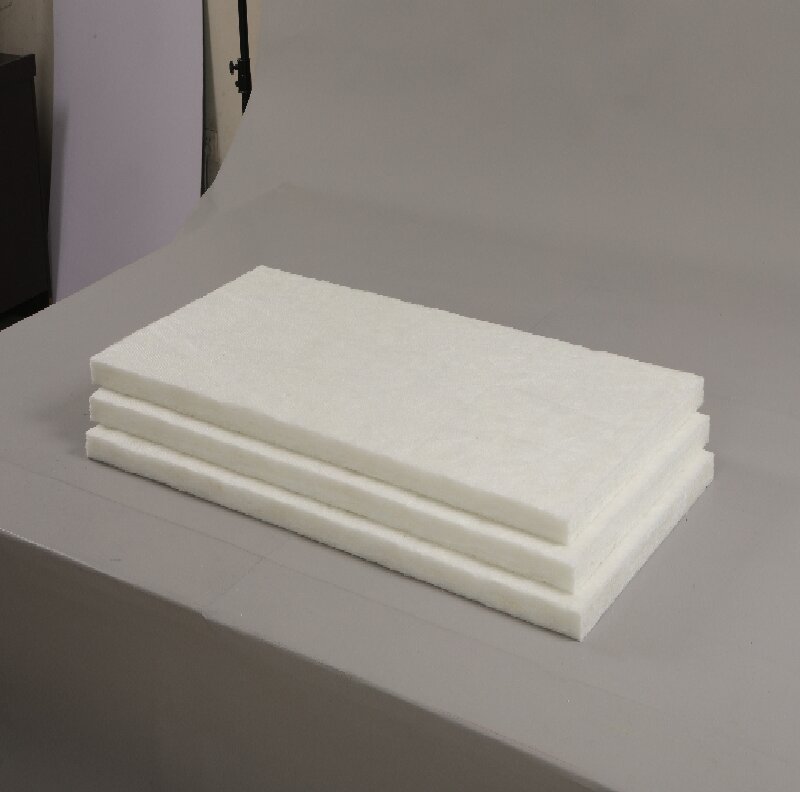E-mail: marketing@hbhuamei.com
Hot and cold insulation materials serve different purposes based on the temperature conditions they are designed to withstand and the environments in which they are used. Here are the key differences between the two:
Hot insulation materials are designed to withstand high temperatures typically above ambient temperature. They are used to prevent heat transfer and conserve energy in systems where heat is generated or transferred at elevated temperatures, such as steam pipes, boilers, furnaces, and process equipment.
Cold insulation materials are intended for low-temperature applications, such as refrigeration systems, cryogenic storage tanks, cold storage facilities, and air conditioning systems. They are designed to prevent heat gain from the surrounding environment and maintain the desired low temperature within the system.
Hot insulation materials have a low thermal conductivity to minimize heat transfer from hot surfaces to the surroundings, thereby conserving energy and maintaining process efficiency.
Cold insulation materials also have low thermal conductivity but are optimized to prevent heat gain from the environment, helping to maintain the low temperature required for the system's operation.

Hot insulation materials often include high-temperature-resistant materials such as mineral wool, ceramic fibers, calcium silicate, and refractory materials. These materials can withstand high temperatures without significantly degrading or losing their insulating properties.
Cold insulation materials typically include materials with good thermal resistance and low thermal conductivity at low temperatures, such as polyurethane foam, polystyrene foam, phenolic foam, and aerogel. These materials are chosen for their ability to maintain low temperatures and resist moisture ingress.
Hot insulation materials may require specialized installation techniques and protective coverings to withstand high temperatures and environmental conditions. They are often used in industrial settings and require careful consideration of safety and regulatory requirements.
Cold insulation materials are generally easier to install and may include vapor barriers to prevent moisture infiltration. They are commonly used in commercial refrigeration, HVAC systems, and cryogenic applications.
Hot insulation materials may be more expensive due to their high-temperature resistance and specialized properties. They may also require periodic maintenance and inspection to ensure continued performance and safety.
Cold insulation materials vary in cost depending on the specific material and application but are generally less expensive than hot insulation materials. They may require less maintenance but should still be inspected regularly to detect any damage or deterioration.
In summary, hot insulation materials are designed to withstand high temperatures and prevent heat loss, while cold insulation materials are intended for low-temperature applications and prevent heat gain from the environment. Each type of insulation material serves a specific purpose based on the temperature conditions and requirements of the system or equipment being insulated.
Copyright © Huamei Energy-saving Technology Group Co., Ltd. All Rights Reserved | Sitemap | Privacy Policy
Insulation solutions LIST: Insulation solutions LIST